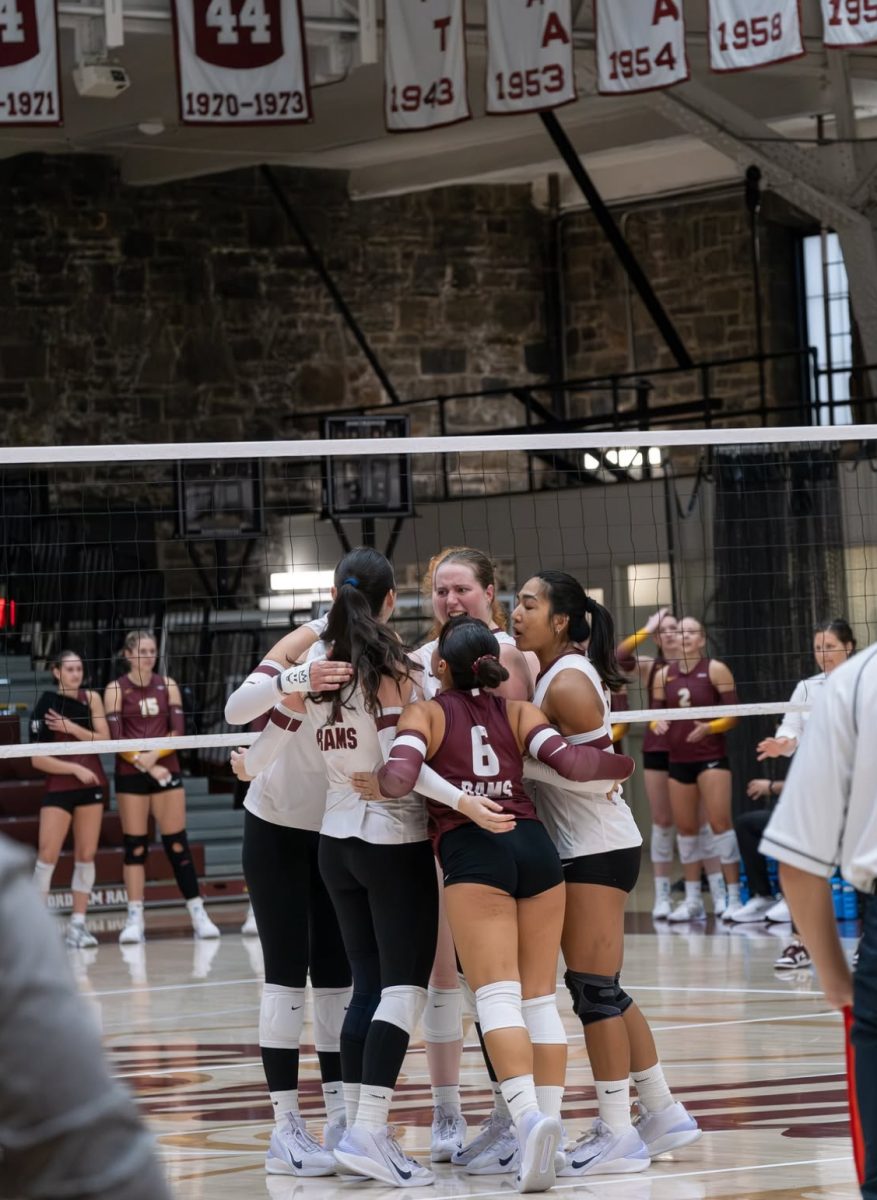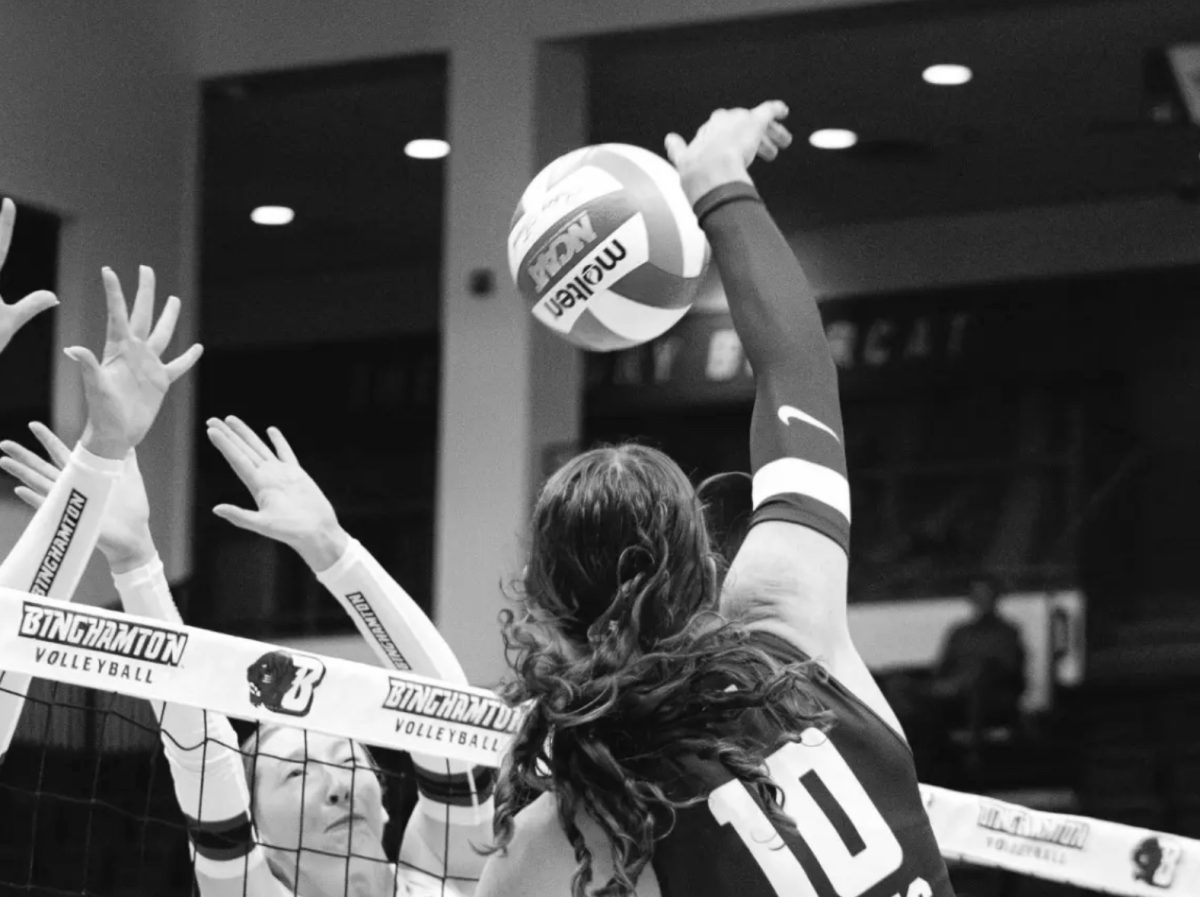Mardi Gras is a popular holiday celebrated in New Orleans. While it was initially celebrated to precede the Christian Lent, it is currently most recognized for its over-the-top festivities, like parades, balls and float processions. The celebration typically involves feasting, masked balls, catching beads and doubloons, eating king cake and indulging in general revelry. This year, Mardi Gras fell on Feb. 13, and the Mardi Gras season had been running since Jan. 6. However, many have been concerned about the impacts that these activities may have on the health of our environment. The extensive festivities generate considerable waste, particularly with the ubiquitous plastic beads, which can sadly catapult environmental challenges within the south. To address this issue, there is a growing movement that aims to increase the sustainability of Mardi Gras celebrations by using more recycled or reusable materials. Personally, I believe that these steps are a positive force in bettering the health of our environment while still maintaining the history of Mardi Gras traditions and celebrations.
A recent study conducted by Alabama researchers reveals potential dangers associated with Mardi Gras beads. They contain metals such as chromium, copper, arsenic, lead and barium. These metals, when presented in high amounts, can be dangerous not only for human health but for the environment as well. A recycling initiative that involves replacing plastic beads and decorations with environment friendly things like paper, seeds and coffee packets emerges as a practical solution. While these more climate-friendly changes mark a departure from traditional practices, they do not necessarily detract from the rich history of Mardi Gras. Instead, they reflect an evolution of cultural practices in response to newfound environmental awareness. This adaptive approach ensures that festivities can endure while minimizing their ecological impact. Mardi Gras throws are the primary culprits of the negative ecological impact of the celebration so far. These throws include a variety of items, such as doubloons, beads, cups and toys. Most of these products are plastic or contain dangerous metals that are harmful to the environment.
Even though throws are deeply rooted in Mardi Gras history, studies have shown that Mardi Gras parades produce approximately 2.6 million pounds of street waste in just less than two weeks. In fact, in 2018, about 93,000 pounds of beads were cleaned out of storm drains in Louisiana. Therefore, it is more important than ever to acknowledge the waste problem, reduce disposable items and opt for reusable decor. While Mardi Gras festivities are deeply intertwined with historical customs, the need for a shift toward sustainable practices is undeniable. Embracing this change not only ensures the preservation of our environment but also paves the way for a Mardi Gras celebration that aligns with more ecological values, allowing the rich history of the tradition to endure with a reduced environmental impact. In addition to creating more sustainable decorations for Mardi Gras, communities can also implement widespread recycling programs along parade routes and encourage the use of compostable or biodegradable materials for decorations and packaging. It would also be helpful to promote public awareness campaigns on responsible waste disposal and advocate for the use of electronic or hybrid parade floats. There are many routes that people can take to contribute to a more eco-conscious and sustainable Mardi Gras celebration.
Similarly, other holidays and celebrations, specifically Valentine’s Day, have sparked controversy surrounding their negative effects on the environment. The roots of Valentine’s Day trace back to ancient Greece. However, as centuries passed, Valentine’s Day has transformed into a holiday of materialistic gestures. Seemingly innocent acts of expressing love through customary gifts, such as stuffed animals and balloons, perpetuate a devastating cycle of environmental harm. About 9 million kilograms of additional CO2 were emitted on Feb. 14 as a consequence of our collective actions. In light of this, it becomes imperative to rethink our approach to celebrating love, whether it be through Valentine’s Day or other similar celebrations. We must shift our focus from conventional, materialistic expressions to alternatives that are kinder to our planet. Our celebrations should not only cherish our connections but also reflect a commitment to a greener and more sustainable vision for the world.
Laila Sayegh, FCRH ’27, is a political science major from Congers, N.Y.









































































































































































































